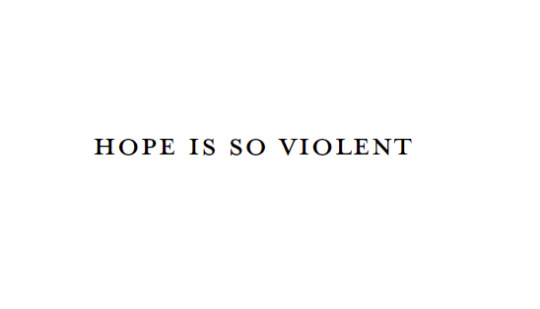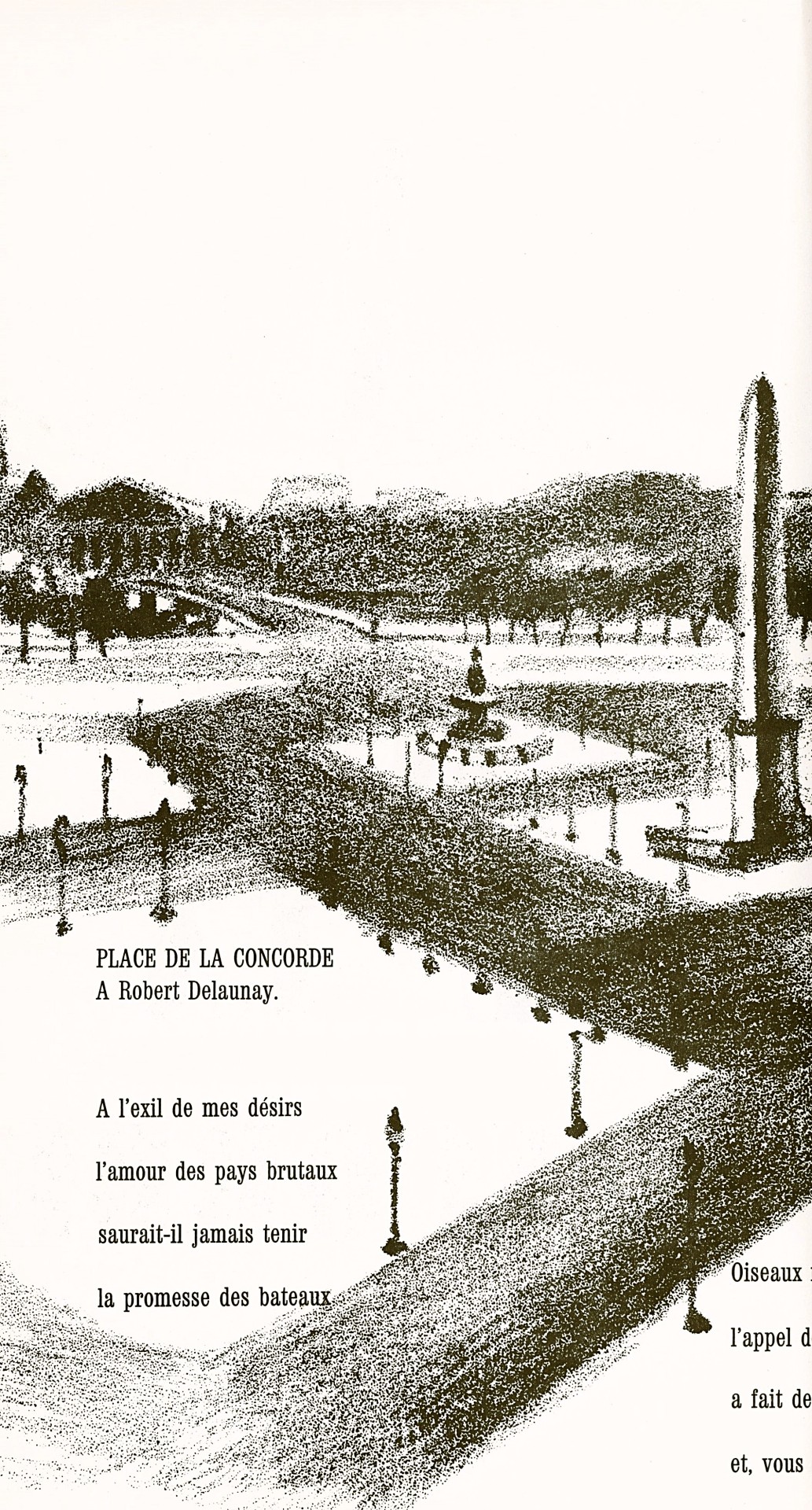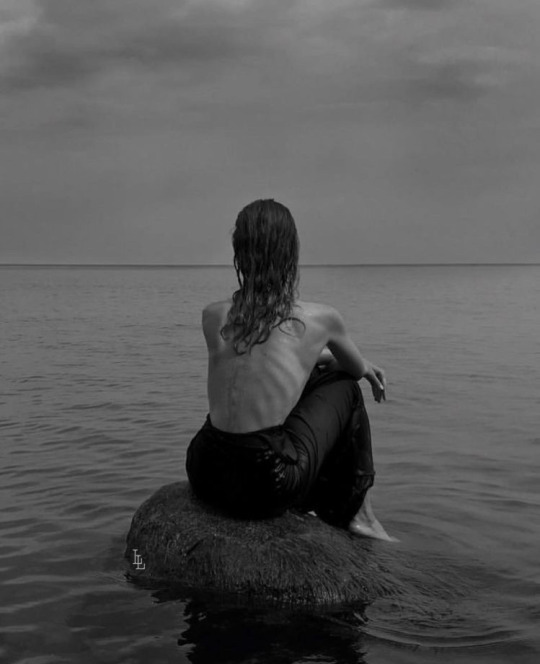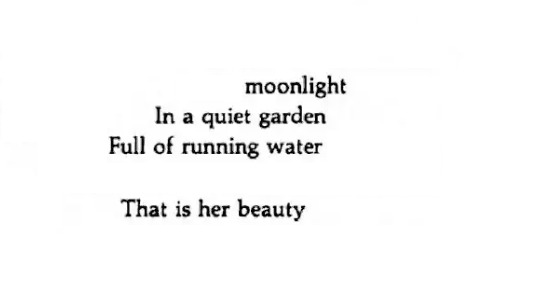#guillaume apollinaire
Explore tagged Tumblr posts
Text

Guillaume Apollinaire, tr. by Anne Hyde Greet, from Calligrammes: "Zone,"
5K notes
·
View notes
Text

Guillaume Apollinaire, from "Rhenish Autumn" dedicated to Toussaint Luca
694 notes
·
View notes
Text

Guillaume Apollinaire, The Cubist Painters (Aesthetic Meditations), Eugène Figuière et Cie, Éditeurs, Paris, 1913



#graphic design#art#pattern#book#cover#book cover#guillaume apollinaire#eugène figuière et cie#1910s
146 notes
·
View notes
Text

just his little face because why not
#artists on tumblr#anthro art#digital art#dogtanianfando#fandom#cartoon art#dogtanian and the three muskehounds#king louis xiii#louis xiii#cardinal richelieu#guillaume apollinaire#oc artist#small artist#digital artist#art style#my art#artwork#art#illustration#drawing#original art#oc artwork#oc rp#ocs#oc#oc art#my ocs#original character#foxes#fox
38 notes
·
View notes
Text















Milestone Monday
Orphic Views
On this day, March 31, 1889, the Eiffel Tower officially opened. Designed by engineer Gustave Eiffel (1832-1923), it was constructed between 1887 and 1889 as part of the 1889 Exposition Universelle (World's Fair) held in Paris to celebrate the 100th anniversary of the French Revolution. Initially, the tower faced significant criticism from prominent Parisians and artists who deemed it an eyesore. Nonetheless, it swiftly became a cherished symbol of Paris and France, attracting millions of visitors each year. The tower has three levels, with restaurants on the first and second levels and an observation deck on the third, offering breathtaking views of the city. Today, the Eiffel Tower stands as one of the most recognizable landmarks in the world.
The images shown are from Les Tours Eiffel by Robert Delaunay. This work features artwork created by Robert Delaunay (1885-1941), along with previously unpublished poems by renowned and influential poets of the early 20th century. It includes a preface by Jean Cassou (1897-1986), the first director of the National Museum of Modern Art in Paris, who was also a French art critic and poet. It was printed in an edition of 1,150 in Brussels in 1974 by the team of Robert de Velder.
The Jacques Damase Gallery published this work in Paris in 1974. Jacques Damase (1930-2014) founded his publishing house in 1948, making him the youngest publisher in the world at the time, at just 17 years old. Under his direction, the gallery became known for its dedication to avant-garde literature and art, helping to promote the works of both established and emerging artists. This collection stands as a testament to the vibrant dialogue between visual art and literature during a transformative period in European cultural history.
Some of the poets in this collection are notable for their ties to surrealism. French writers and poets André Breton (1896-1966) and Philippe Soupault (1897-1990) co-founded the Surrealist movement, aiming to explore the unconscious mind and challenge the conventional boundaries of art and literature. Guillaume Apollinaire (1880-1918) is regarded as one of the leading poets of the 20th century and is credited with coining the terms “Surrealism,” “Cubism,” and “Orphism,” showcasing the intersection of visual art and poetry in contemporary movements. Louis Aragon (1897-1982), a French novelist, editor, and poet, was one of France's prominent voices in the Surrealist movement and was deeply involved in both literature and political activism, often reflecting these themes in his works.
Other notable poets included in this collection are Jean Arp, known for his contributions to both Dada and Surrealism; Blaise Cendrars, whose adventurous spirit and modernist style reshaped poetry; Tristan Tzara, a founder of Dada who sought to disrupt traditional artistic norms; Joseph Delteil, whose work often focused on the themes of nature and humanity; and René Crevel, whose works often depicted existential themes.
Robert Delaunay (1885-1941) was a French artist who co-founded the Orphism art movement, which emphasized the use of color and light to evoke emotion and create a sense of movement. Guillaume Apollinaire noted the musical quality in Delaunay's work, coining "Orphic Cubism" or "Orphism." This name draws inspiration from the Greek god Orpheus, renowned for his ability to captivate animals with enchanting music played on the lyre. Delaunay saw the Eiffel as a symbol of modernity and masculinity. He was among the first artists to focus his work on this iconic landmark, portraying it numerous times in his work, including his famous series of paintings that capture its dynamic forms and colors.
-View more Milestone Monday posts
--Melissa, Special Collections Library Assistant
#milestone monday#milestones#eiffel tower#paris france#worlds fair#french revolution#Les Tours Eiffel by Robert Delaunay#robert delaunay#art#poetry#Jean Cassou#The Jacques Damase Gallery#Jacques Damase#André Breton#Philippe Soupault#Guillaume Apollinaire#surrealism#surrealist art#cubism#orphism#Louis Aragon#visual art#jean arp#dadaism#blaise cendrars#tristan tzara#joseph delteil#rene crevel#modern art#rober de velder
49 notes
·
View notes
Text

Louis Marcoussis, Les Colchiques, etching for Alcools by Guillaume Apollinaire (1913), Paris, L. Marcoussis, 1934.
44 notes
·
View notes
Text

Guillaume Apollinaire, August 26, 1880 – November 9, 1918.
1917 drawing by Jean Cocteau.
61 notes
·
View notes
Text

Sea, I am like you, filled with broken voices.
~Guillaume Apollinaire
369 notes
·
View notes
Text

Di tanto in tanto è bene fare una pausa
Nella nostra ricerca della felicità
Ed essere semplicemente felici.
Guillaume Apollinaire
18 notes
·
View notes
Text

Guillaume Apollinaire, tr. by Anne Hyde Greet, from Calligrammes: "The Sighs of the Gunner from Dakar,"
1K notes
·
View notes
Text

Guillaume Apollinaire, from "Rhenish Autumn" dedicated to Toussaint Luca
148 notes
·
View notes
Text

Jean Cocteau (French, 1889-1963)
1954
Carnaval de Nice
Signed and numbered in pencil, Edition of 57/100
Lithograph
64.77 cm. x 50 cm. (25.5 x 19.69 in.)
Jean Cocteau was a French painter, poet, designer, printmaker, playwright and filmmaker. He is one of the most important figures of French Surrealism, although he always denied being in any way connected to the movement.
Cocteau was born to a socially prominent Parisian family. His father, George Cocteau, was an amateur painter who committed suicide when Jean was only a child. Jean became famous in Bohemian circles as "The Frivolous Prince." In 1912, he collaborated with the Ballets Russes. After World War I, Cocteau met the poet Guillaume Apollinaire and the artist Pablo Picasso. In 1917, thanks to Sergei Diaghilev, a Russian impresario, Cocteau wrote a scenario for the ballet Parade — the set of this important ballet was realized by Pablo Picasso and the music was composed by Erik Satie. In the late 1920s, Cocteau wrote the libretto for Igor Stravinsky’s opera-oratorio Oedipus Rex. In 1918, he met the French poet Raymond Radiguet. They worked and went on many journeys together, and Cocteau promoted his friend's works in his artistic group.
Cocteau is well-known for his novel Les Enfants Terribles (1929) and the films The Blood of a Poet, Beauty and the Beast and Orpheus. During World War II, he created sets for the Théâtre de la Mode. In 1955, he was elected to the Académie Française and the Royal Academy of Science, Letters and Fine Arts of Belgium. He was commander of the Legion of Honour, a member of the Academié Mallarmé, the Academy of Arts (Berlin) and the American Academy of Arts and Sciences.
#talking#ballet#opera#commedia dell'arte#set design#carnaval#carnaval de nice#theatre de la mode#surrealism#french surrealism#beauty and the beast#blood of a poet#the blood of a poet#enfants terribles#les enfants terribles#oedipus rex#orpheus#parade#arlequin#harlequin#pierrot#academie francaise#academie mallarme#academy of arts#american academy of arts and sciences#ballets russes#legion of honour#guillaume apollinaire#cocteau#george cocteau
14 notes
·
View notes
Text

guillaume apollinaire - palmier
66 notes
·
View notes
Text
Love died in your encircling arms.
— GUILLAUME APOLLINAIRE ⚜️ Modern European Poetry (Ed. Willis Barnstone), transl. by Roger Shattuck, (1966)
9 notes
·
View notes
Text
The days go by. But I’m still here. In full flower. Let night come.
Guillaume Apollinaire, from “Le Pont Mirabeau”
106 notes
·
View notes
Text
et toi dans ta photo profonde comme la lumière tu souris toujours
Guillaume Apollinaire, final line to Cote 146 (Poèmes à Lou)
from here
12 notes
·
View notes